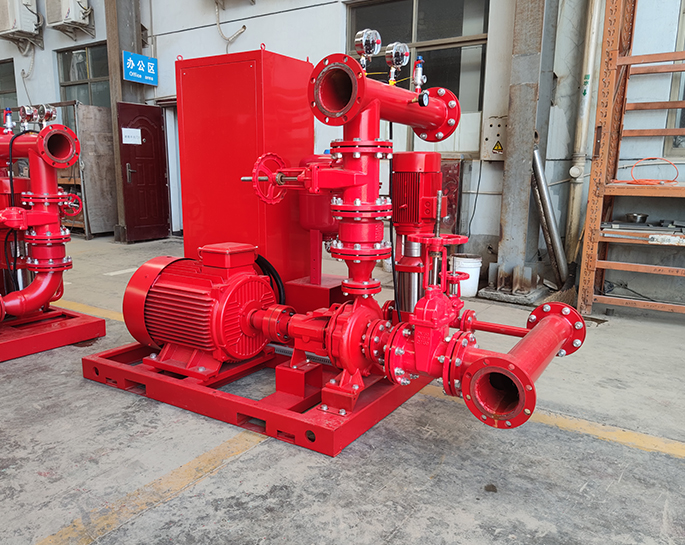How to prevent common fire pump failures?
Preventing common fire pump failures is crucial to ensure the reliability and effectiveness of firefighting equipment during emergencies. Proper maintenance and regular inspections are key to avoiding these failures. Here are some steps to prevent common fire pump failures:
-
Regular Inspections:
- Perform routine visual inspections of the fire pump, including hoses, fittings, and connections, to check for visible damage, leaks, or wear.
-
Scheduled Maintenance:
- Adhere to a maintenance schedule as outlined in the manufacturer's recommendations. This typically includes routine inspections, lubrication, and changing of consumable parts.
-
Test the Pump:
- Regularly test the fire pump under controlled conditions to ensure it is in proper working order. This should be done as per national and local regulations. Testing includes checking for proper pressure and flow rates.
-
Lubrication:
- Keep all moving parts properly lubricated as recommended by the manufacturer. Ensure the lubrication system is functioning correctly.
-
Check for Blockages:
- Inspect the strainer or filter at the intake to ensure it is clean and free from debris that can clog the pump.
-
Ensure Proper Priming:
- If your fire pump is not self-priming, ensure it is properly primed before use to prevent cavitation, which can damage the pump.
-
Maintain Battery and Electrical Components:
- If your fire pump uses an electrical starter or control system, regularly check the condition of batteries and electrical connections to prevent electrical failures.
-
Cooling and Overheating:
- Ensure the pump's cooling system is functioning correctly to prevent overheating. Overheating can damage the engine and other components.
-
Proper Storage:
- When not in use, store the fire pump in a dry, climate-controlled environment. Protect it from extreme temperatures and moisture that can lead to corrosion and damage.
-
Education and Training:
- Ensure that personnel responsible for the fire pump's operation and maintenance are well-trained and knowledgeable about the equipment. Proper training can help prevent operator errors that could lead to pump failures.
- Replace Worn Parts:
- When you identify worn or damaged components during inspections, replace them promptly. Don't wait until they fail during an emergency.
- Documentation:
- Keep detailed records of maintenance and inspection activities. This documentation can help identify trends and potential issues before they become significant problems.
- Professional Inspections:
- Periodically, have a qualified technician or fire pump service professional inspect the pump to identify and address potential issues that may not be apparent during routine inspections.
- Compliance with Regulations:
- Ensure that your fire pump is in compliance with all relevant local and national regulations, as non-compliance can lead to failures during inspection or compliance checks.
Preventing common fire pump failures is essential for maintaining the readiness of firefighting equipment. Regular maintenance, inspections, and adherence to safety and maintenance guidelines are key to preventing failures and ensuring the equipment's reliability during emergencies.







